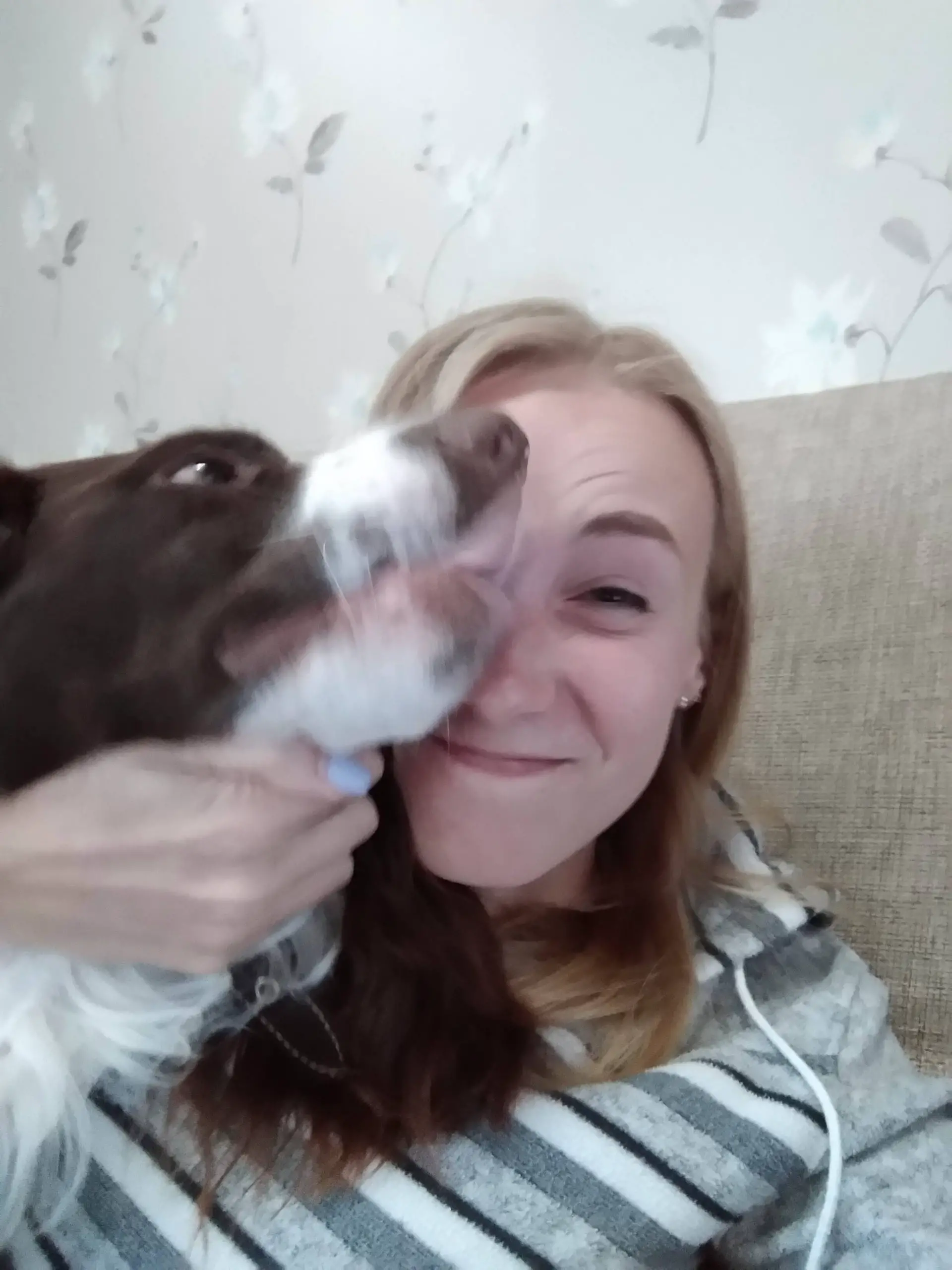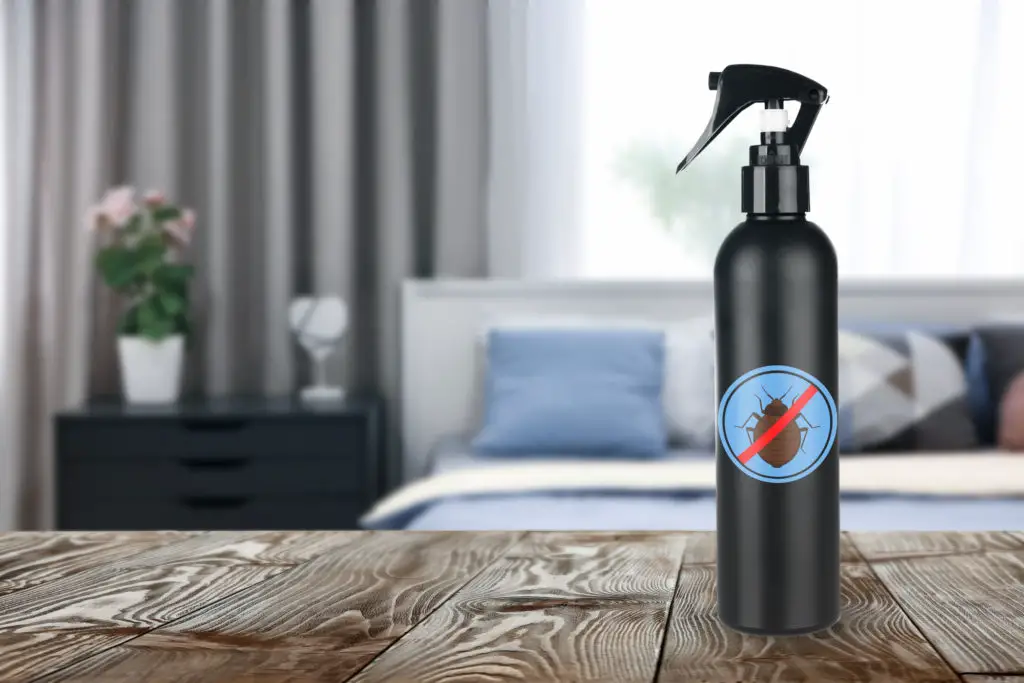Fleas are a pesky problem for both owners and pets. If you own a the chances are that one of your pets may catch fleas at some point or another. In such cases, using over-the-counter fleas medication is common.
Can you give flea treatment to your pet more than once a month? It is not safe to treat your pet with flea treatments at short intervals. The safest duration is 30 days at least. If you notice any signs that their skin is irritated, contact a licensed vet and get them bathed right away with warm water and a mild detergent such as dishwashing liquid or baby shampoo.
However, most do not follow the right procedure or end up using the wrong product, eventually causing distress to animals. To make sure you’re using the right product for your needs, it’s essential that you carefully follow all of the instructions found on each package!
Can I Apply Advantage After Two Weeks?
Advantage II can kill the existing fleas on your fur-buddy within 12 hours. If you’re worried about new parasites, do not be. Advantage protects against them too and lasts up to 4 weeks, so no more itching or scratching all day long, giving you peace of mind and your pet the relief they need.
Note that under normal circumstances, the product will keep the fleas away for a month. But if there are severe infestations or frequent re-infestation, you might need to retreat earlier than every four weeks. However, if that’s the case and your pet needs more treatment, do not do it again for at least seven days.
Can You Overdose A Cat with Flea Medicine?
Flea treatment such as Advantage contains an active ingredient known as Imidacloprid. Though considered safe to use insecticide, it may cause some harmful reactions when used on cats younger than seven months of age. And result in shaking, drooling, vomiting and a stark drop in appetite.
Therefore, this monthly treatment should not be applied near or around the eyes, nose, mouth (dermal route), or areas with loose hair that could interfere with product efficacy and other sensitive skin regions like underarms and genitals (percutaneous route).
Other toxic ingredients include Pyrethrin, and pyrethroids are the most dangerous ingredients in flea medication. These chemicals are present in sprays, household insecticides, and topical spot-on medications for dogs. Still, they should never be given to cats because they react differently when coming into contact with these substances.
Signs of flea treatment overdose can appear within one- to twelve hours after application and vary depending on the type. The most common symptoms from pyrethrum are muscle tremors and excessive drooling; for organophosphate products, it’s diarrhea, vomiting, difficulty breathing, or falling over. However, they’re fatal if exposed to a high dose in a short time frame.
What Should You Do If Your Dog Or Cat Has Product Toxicity?
It’s important to take care of your furry friends when they need it most. If you notice any signs that their skin is irritated, contact a licensed veterinarian and get them bathed right away with warm water and a mild detergent such as dishwashing liquid or baby shampoo.
Next, make sure the pet dries thoroughly before getting into bed (or leaving for work). Pets can be susceptible to colds, so keep an eye on them while making time in between baths if necessary! Remember: after bathing, call your family vet first or find out where the closest emergency clinic is located.
Can You Double Up On Flea Treatment?
The answer is no. Read the manufacturer’s instructions. Wait for the time mentioned and let the medication work to produce results. It is usually 30 days before re-application. Or, if you want to reapply, rinse your pet with a shampoo that drains off all the skin oils and then apply after 24 hours.
How Do I Know If Flea Treatment Is Working?
Flea products are necessary for your pets, and they come in such as flea collars, sprays, tablets, and spot-on. Speak with a veterinarian before choosing the right product because some can take up to three days while others will only need an hour!
How does it work? Imidacloprid is an ingredient in various effective products on the market today, including Advantage spot-on treatments and more that kill those pesky critters through contact. So they do not bite your dog or cat first! If you want a product that protects from fleas without biting them, other options such as oral tablets should work for you.
You can check whether or not the flea treatment is working by looking at the following four indicators.
- You can still spot fleas on your pet
- The itching does not stop
- There are some bald spots on your pet’s skin
- Your pet looks unwell (maybe from fever).
If any of the above symptoms are still present, you may need to change the medication and take him to a vet.
Why Does My Cat Still Have Fleas After Using Advantage?
There are a few reasons why even after using Advantage, your cat displays fleas.
- You did not remove the pet collar or did not let the medication dry before putting it back. Your pet would not receive any protection if the collar absorbed the product.
- You did not use the product long enough to produce the desired results. Usually, it takes about six weeks or more for all the fleas to hatch out. At least three months of treatment promises eradication of the fleas.
- There are flea eggs all over the house owing to your pet’s prior movement in the house. Now when he moves around, the fleas hatching jump onto the pet. They will die eventually, but complete eradication from home will take time. Until then, you will see fleas on your cat.
- When you shampooed your cat the second time within a month, you forgot to reapply the flea medication.
- You used sprays, and these are not as effective as topical medications. Sprays are incapable of killing fleas inside the pupae.
Summing up
If you love your pets and want to give them the proper medication the right way, this article is for you. We have enlisted all the necessary information you may need to keep your pet healthy and free of fleas. Use all the suggestions well and share the word with other pet parents too. Should you require more information, do let us know.

My name is Katie, and I have had different pets at home for as long as I can remember. While I can definitely say I love all animals in general, my heart belongs to cats and dogs. I know you are supposed to choose one or the other, but I could never really decide. I’ve also owned hamsters and fish when I was a kid, and they filled my childhood with very delightful memories.




